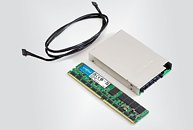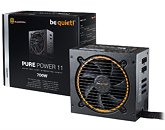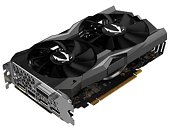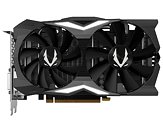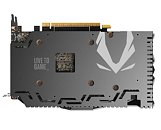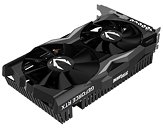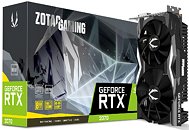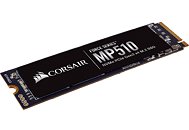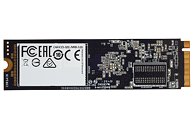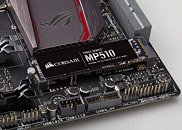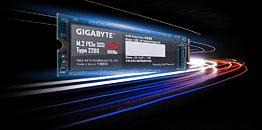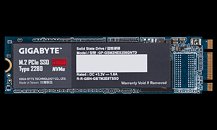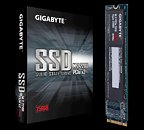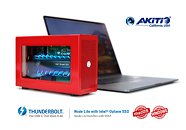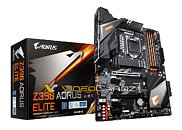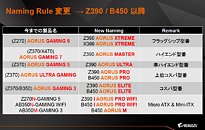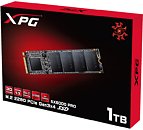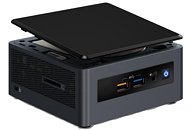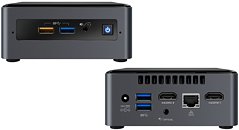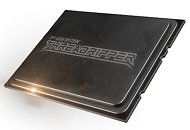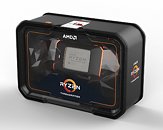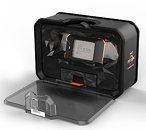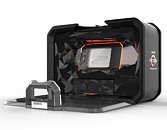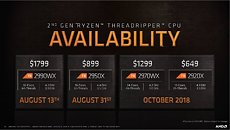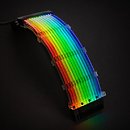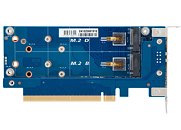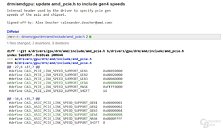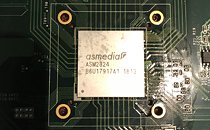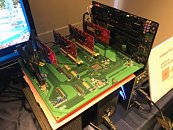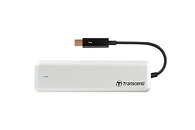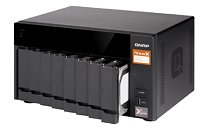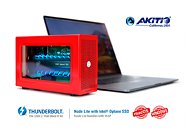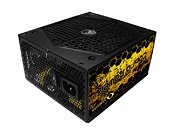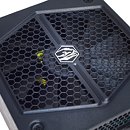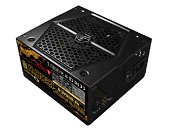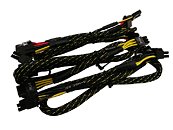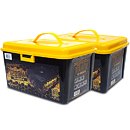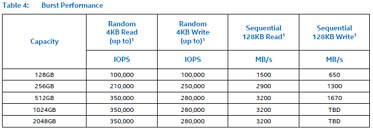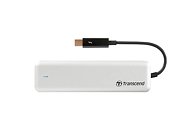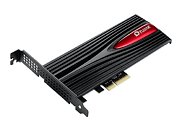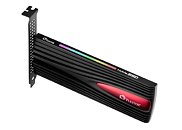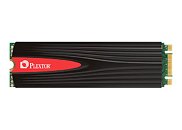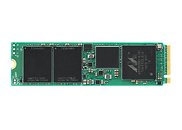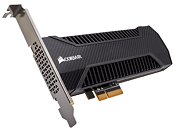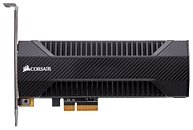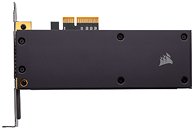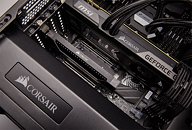
Crucial Expands Server Memory Portfolio with First 32GB NVDIMM Offering
Crucial , a leading global consumer brand of Micron Technology for memory and storage upgrades, today announced a new 32GB Nonvolatile DIMM (NVDIMM) to help companies preserve critical data in the event of a system power loss and limit costly downtime. The first Crucial NVDIMM to operate at 2933 MT/s, the new module provides companies powerful and persistent memory performance while reducing the amount of NVDIMMs needed in a server.
In fast-paced business environments, sales and customer satisfaction are decided in milliseconds. Crucial NVDIMMs give organisations the advantage when data transactions hang in the balance by fusing memory with on-module NAND, providing near-instant access with data persistence. In the event of a system power loss, the NVDIMM would back up DRAM data to the NAND with help from an ultracapacitator, its backup power source. Crucial NVDIMMs are compatible with the latest 2.5 inch drive bay and HHHL PCIe AgigA Tech PowerGEM ultracapacitors, enabling continual power to up to four NVDIMMs during power loss until a backup is completed.
In fast-paced business environments, sales and customer satisfaction are decided in milliseconds. Crucial NVDIMMs give organisations the advantage when data transactions hang in the balance by fusing memory with on-module NAND, providing near-instant access with data persistence. In the event of a system power loss, the NVDIMM would back up DRAM data to the NAND with help from an ultracapacitator, its backup power source. Crucial NVDIMMs are compatible with the latest 2.5 inch drive bay and HHHL PCIe AgigA Tech PowerGEM ultracapacitors, enabling continual power to up to four NVDIMMs during power loss until a backup is completed.

